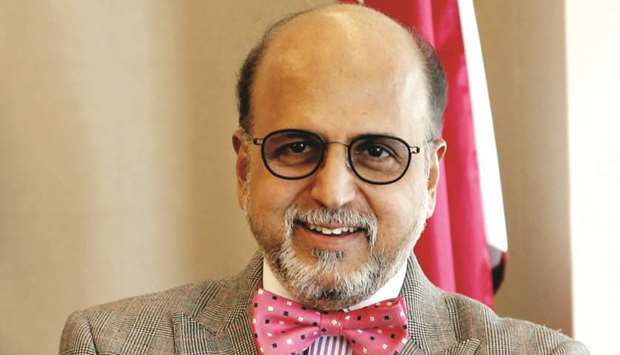According to the IMF in July, global growth is forecast at 3.2% in 2019. GDP releases this year, together with generally softening inflation, point to weaker-than anticipated global activity. Investment and demand for consumer durables have been subdued across advanced and emerging market economies as firms and households continue to hold back on long-term spending. Accordingly, global trade, which is intensive in machinery and consumer durables, remains sluggish.
For advanced economies, growth is projected at 1.9% in 2019. The emerging market and developing economy group is expected to grow at 4.1% in 2019.
In China, the negative effects of escalating tariffs and weakening external demand have added pressure to an economy already in the midst of a structural slowdown and needed regulatory strengthening to rein in high dependence on debt. With policy stimulus expected to support activity in the face of the adverse external shock, growth is forecast at 6.2% in 2019.
India’s economy is set to grow at 7.0% in 2019.The emerging economies are also witnessing a slowdown with data showing that growth in China’s industrial output in July rose at the slowest pace in more than 17 years.
India is also witnessing slowdown in the consumption and manufacturing sectors and bank lending.
Increased trade and technology tensions that dent sentiment and slow investment; a protracted increase in risk aversion that exposes the financial vulnerabilities continuing to accumulate after years of low interest rates; and mounting disinflationary pressures that increase debt service difficulties, constrain monetary policy space to counter downturns, and make adverse shocks more persistent than normal.
There is escalation in trade tension between the two largest economies, the US and China, in recent times has contributed to the volatility in financial markets. Global financial markets certainly fear the worst.
Share prices slumped last week amid fears that the first recession since the big crash of 2008-09 is just around the corner. Major global markets witnessed a fall in the range of 1% to around 4% last week. However India and China were able to recover a bit during the week.
China pledged to launch countermeasures if White House carries out its recent plan to impose 10% tariffs on an additional $300bn of Chinese imports, but a spokesperson from China’s Ministry of Foreign Affairs later said it hoped the US would meet China halfway on trade issues. Rising trade tensions could hurt the economy by making households and businesses too nervous to spend money.
Last week the US 30-year Treasury yields fell to a record low of below 2% and benchmark 10-year notes dropped to a three-year trough amid persistent worries about global trade tensions and economic slowdowns. Prior to this, last Wednesday the yield on the benchmark 10-year Treasury note was at 1.623%, below the 2-year yield at 1.634%.
The yield curve inversion has raised concerns of recession. Long-term yields have plummeted in August on concerns surrounding trade developments and GDP growth — coupled with expectations for lacklustre inflation and more aggressive central bank action.
Central banks around the world, including the Federal Reserve, have pivoted once again to easing policies. The eurozone’s GDP barely grew in the second quarter of 2019 as economies across the bloc lost steam, and the largest, Germany, contracted due to a global slowdown driven by trade conflicts and uncertainty over Brexit.
Major government debt in countries like Germany now have negative yields.
Gold and silver prices are at $1,513.52/ounce and $17.1133/ounce by the end of last week and has surged by more than 18% YTD and 10% YTD respectively on account of global recession fears and geopolitical tensions.
Interest rates are making historic moves globally and the pressure is now on Fed chair Jerome Powell to clarify the Fed’s intention when it comes to interest rate cuts. Accommodative policies alone would not be sufficient; markets want to know whether the Fed is in a serious longer-term cutting cycle, or just planning a few cuts as an insurance policy against an economic downturn.
Powell’s speech at Jackson Hole this Friday is expected to be the key event to look forward to as yet another global financial meltdown could be in the offing.
*The author is Group CEO of Doha Bank.

